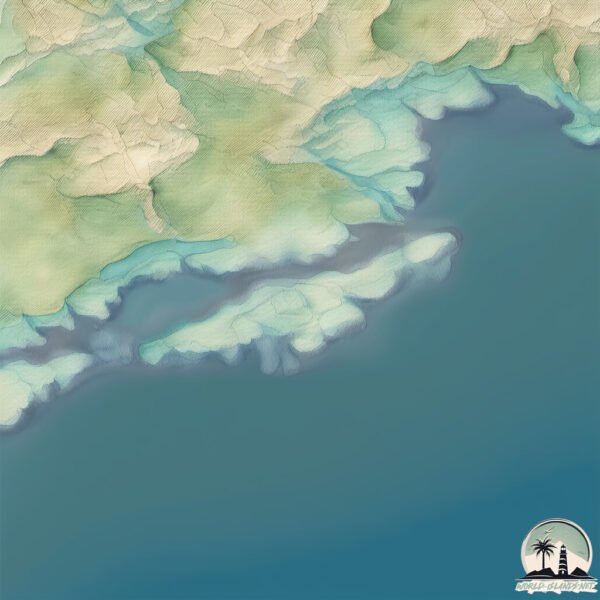Kekova

Welcome to Kekova, a Temperate island in the Mediterranean Sea – Eastern Basin, part of the majestic Atlantic Ocean. This guide offers a comprehensive overview of what makes Kekova unique – from its geography and climate to its population, infrastructure, and beyond. Dive into the details:
- Geography and Size: Explore the island’s size and location.
- Climate and Weather: Weather patterns and temperature.
- Topography and Nature: Uncover the natural wonders of the island.
- Infrastructure and Travelling: Insights on reaching, staying, and making the most of your visit.
- News and Headlines: Latest News.
Geography and size of Kekova
Size: 6.046 km²
Coastline: 20 km
Ocean: Atlantic Ocean
Sea: Mediterranean Sea – Eastern Basin
Continent: Asia
Kekova is a Small Island spanning 6 km² with a coastline of 20 km.
Archipel: –
Tectonic Plate: Aegean Sea – Located in the eastern Mediterranean, this microplate is characterized by seismic and volcanic activity due to its interaction with the Eurasian and African Plates.
The geographic heart of the island is pinpointed at these coordinates:
Latitude: 36.18035247 / Longitude: 29.87769885
Climate and weather of Kekova
Climate Zone: Temperate
Climate Details: Hot-Summer Mediterranean Climate
Temperature: Hot Summer
Climate Characteristics: Characterized by hot, dry summers and mild, wet winters, typical of coastal areas with abundant sunshine.
Topography and nature of Kekova
Timezone: UTC+02:00
Timezone places: Europe/Mariehamn
Max. Elevation: 103 m
Mean Elevation: 42 m
Vegetation: Open Woodland
Tree Coverage: 33%
The mean elevation is 42 m. The highest elevation on the island reaches approximately 103 meters above sea level. The island is characterized by Plains: Flat, low-lying lands characterized by a maximum elevation of up to 200 meters. On islands, plains are typically coastal lowlands or central flat areas.
Dominating Vegetation: Open Woodland
Characterized by sparsely distributed trees with open canopy allowing sunlight to penetrate, supporting grasses and shrubs underneath. Often found in drier or transitional environments. Kekova has a tree cover of 33 %.
Vegetation: 7 vegetation zones – Very Highly Diverse Island
Islands in this range are ecological powerhouses, showcasing a wide array of vegetation zones. Each zone, from lush rainforests to arid scrublands, coastal mangroves to mountainous regions, contributes to a complex and interdependent ecosystem. These islands are often hotspots of biodiversity, supporting numerous species and intricate ecological processes.
Infrastructure and Travelling to Kekova
Does the island have a public airport? no.
There is no public and scheduled airport on Kekova. The nearest airport is Kastelorizo Airport, located 30 km away.
Does the island have a major port? no.
There are no major ports on Kekova. The closest major port is FETHIYE, approximately 97 km away.
The mean population of Kekova is 73 per km². Kekova is Gently Populated. The island belongs to Turkey.
Continuing your journey, Rhodes is the next notable island, situated merely km away.
Turkey is classified as Emerging region: MIKT: Mexico, Indonesia, South Korea, and Turkey – Economies recognized for their development potential and emerging market status. The level of income is Upper middle income.
News – Latest Updates and Headlines from Kekova
Stay informed with the most recent news and important headlines from Kekova. Here’s a roundup of the latest developments.
Please note: The data used here has been primarily extracted from satellite readings. Deviations from exact values may occur, particularly regarding the height of elevations and population density. Land area and coastline measurements refer to average values at mean high tide.
